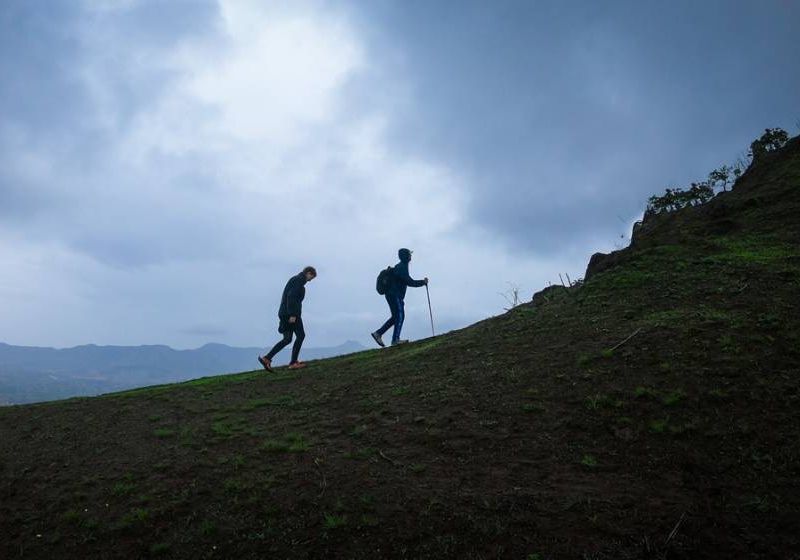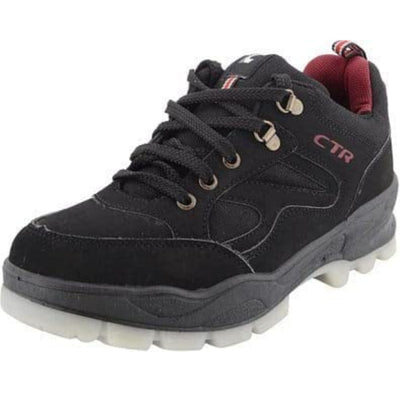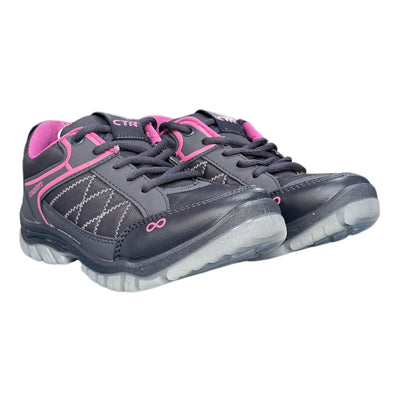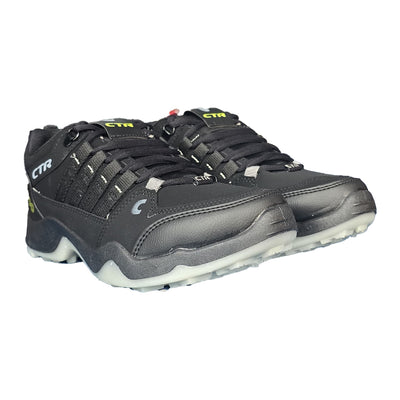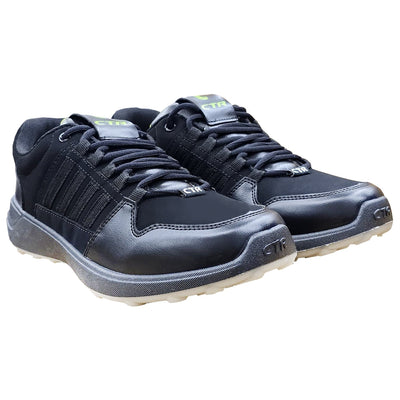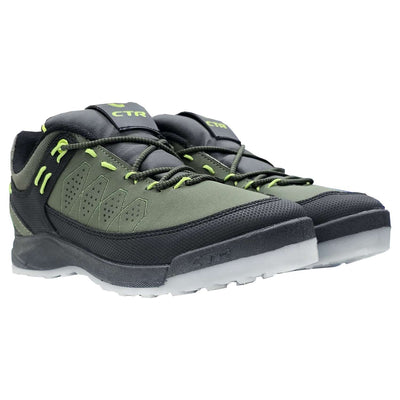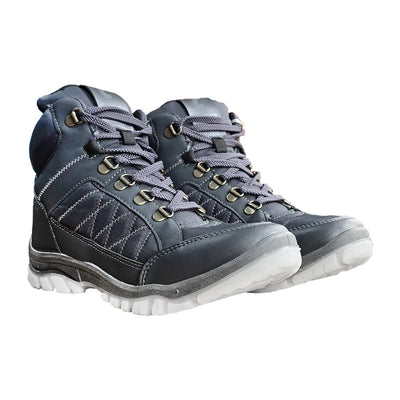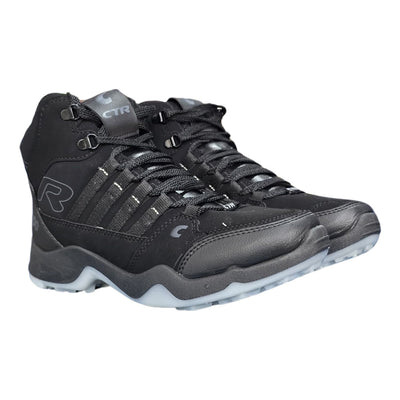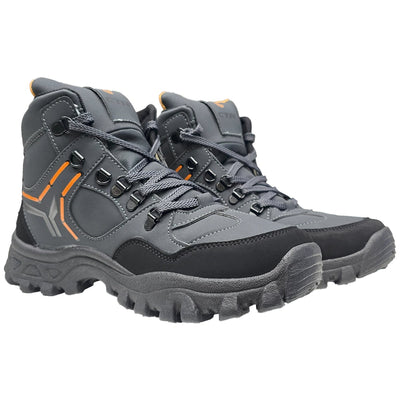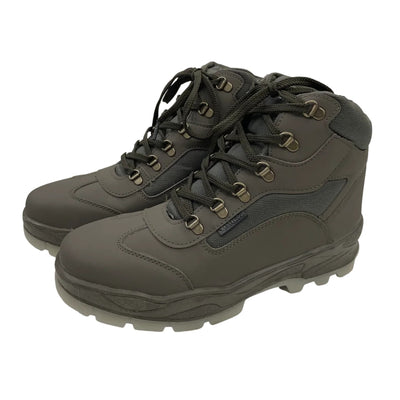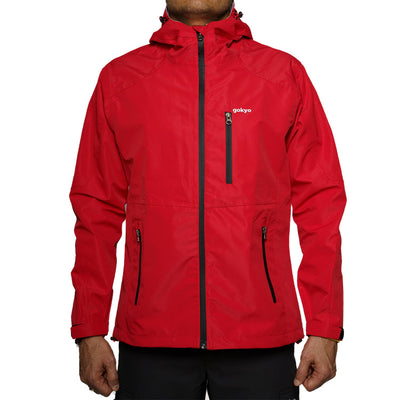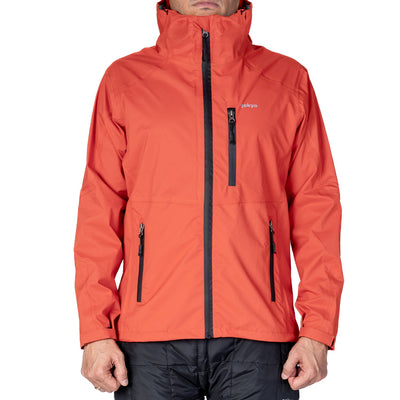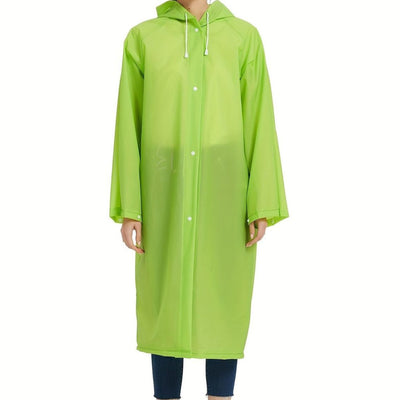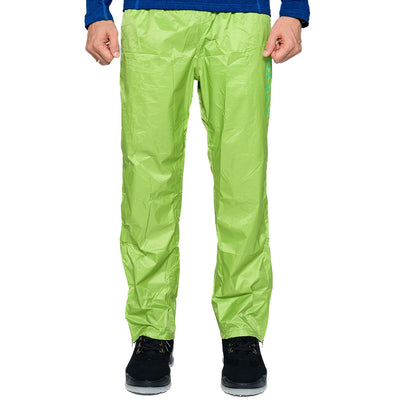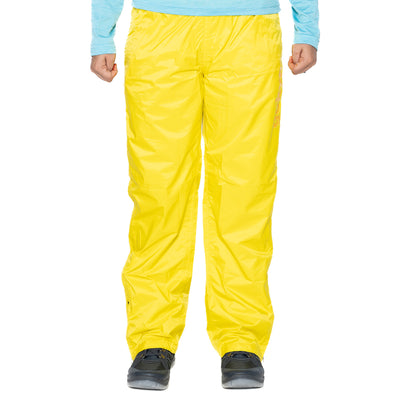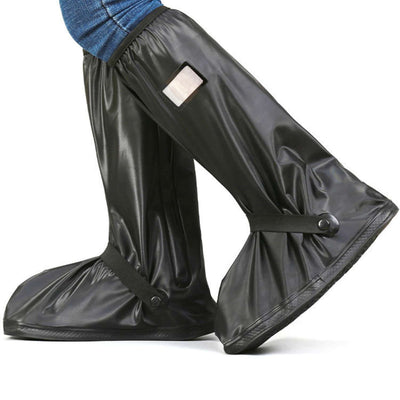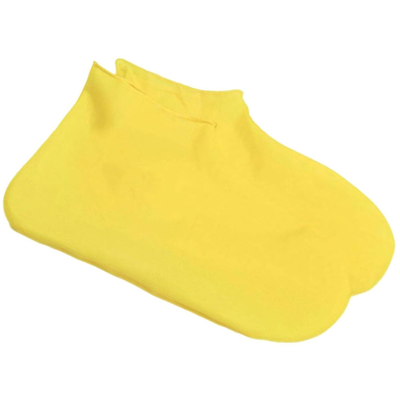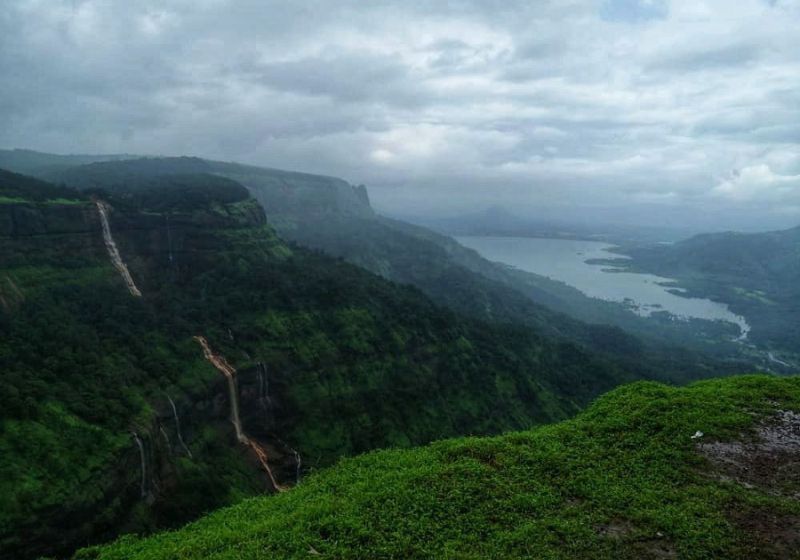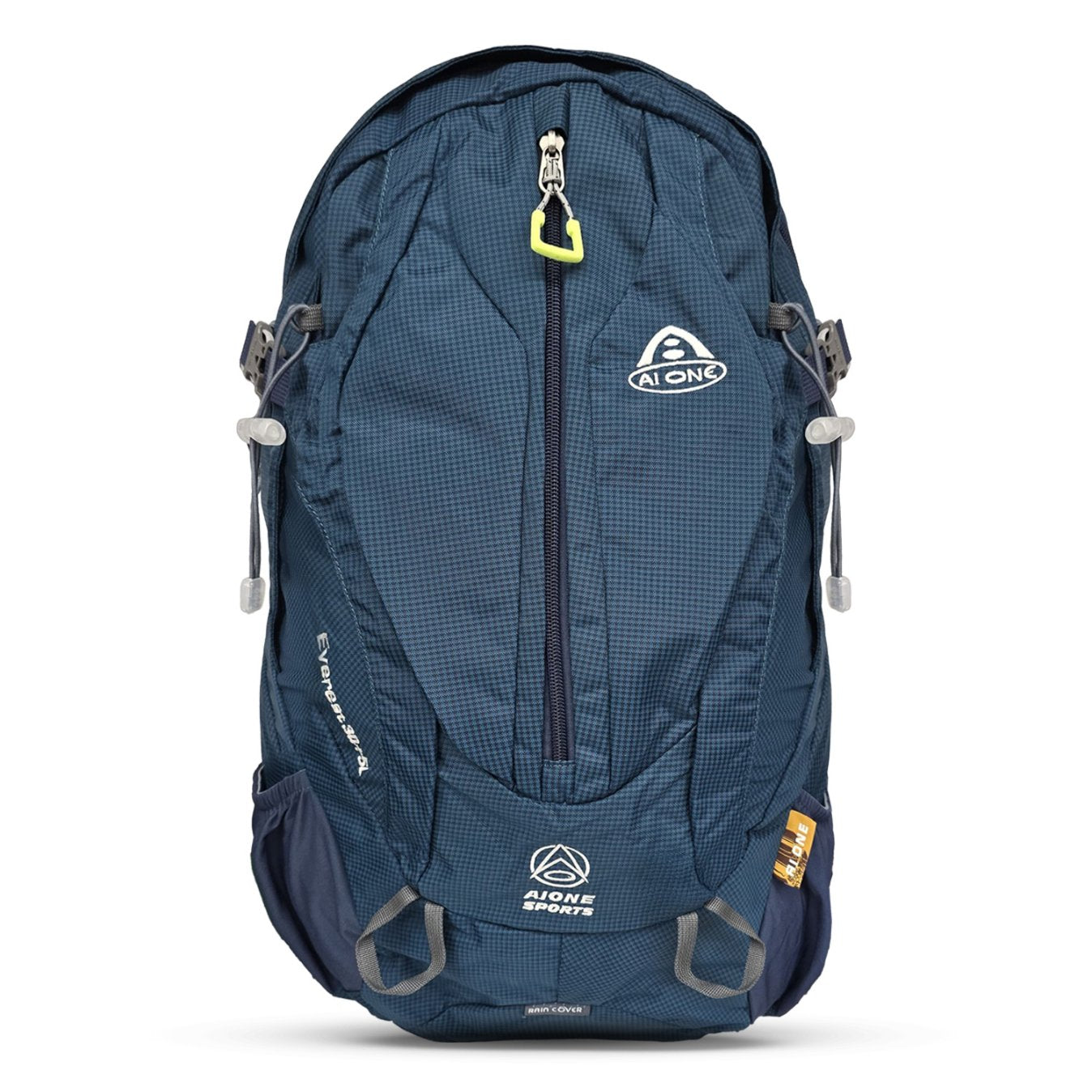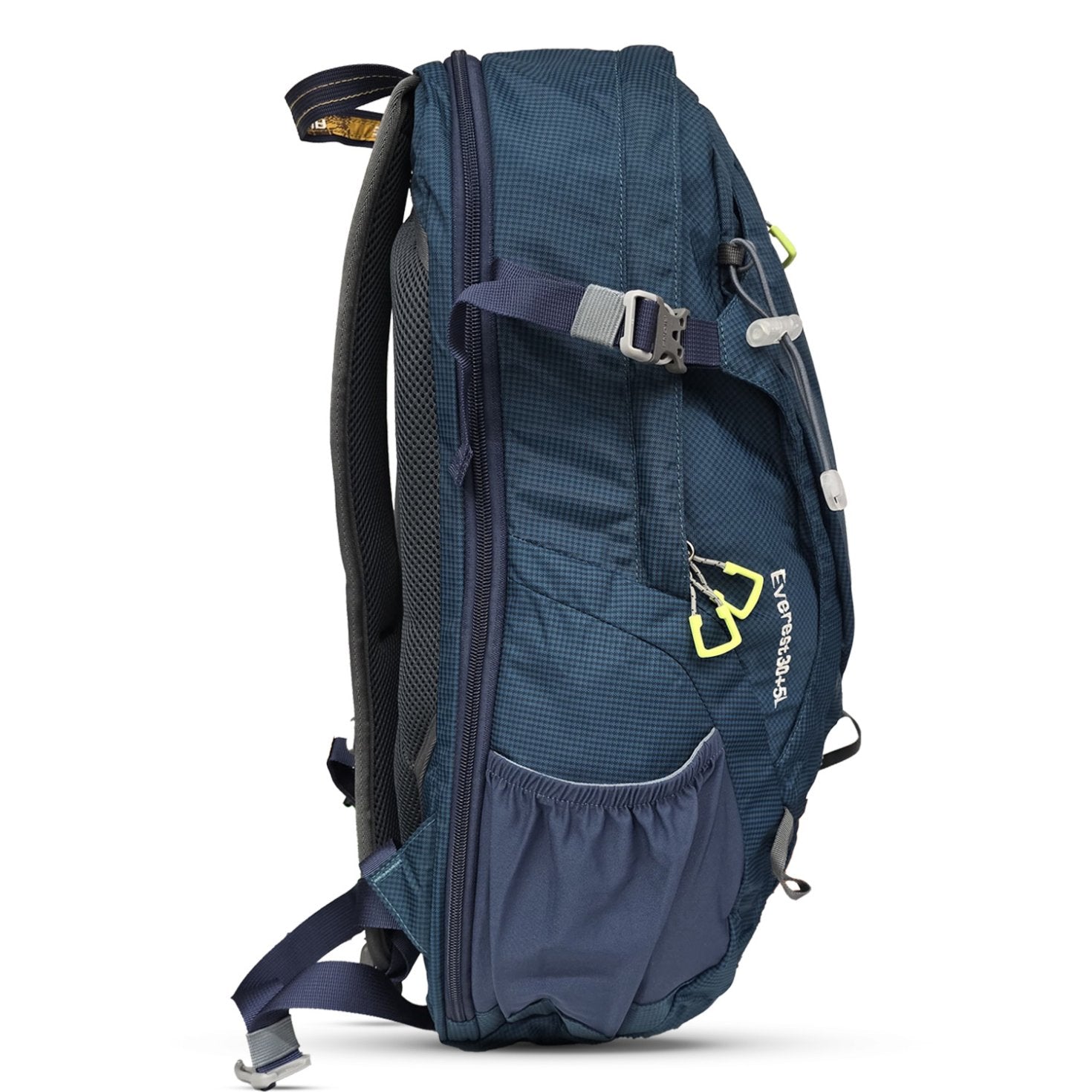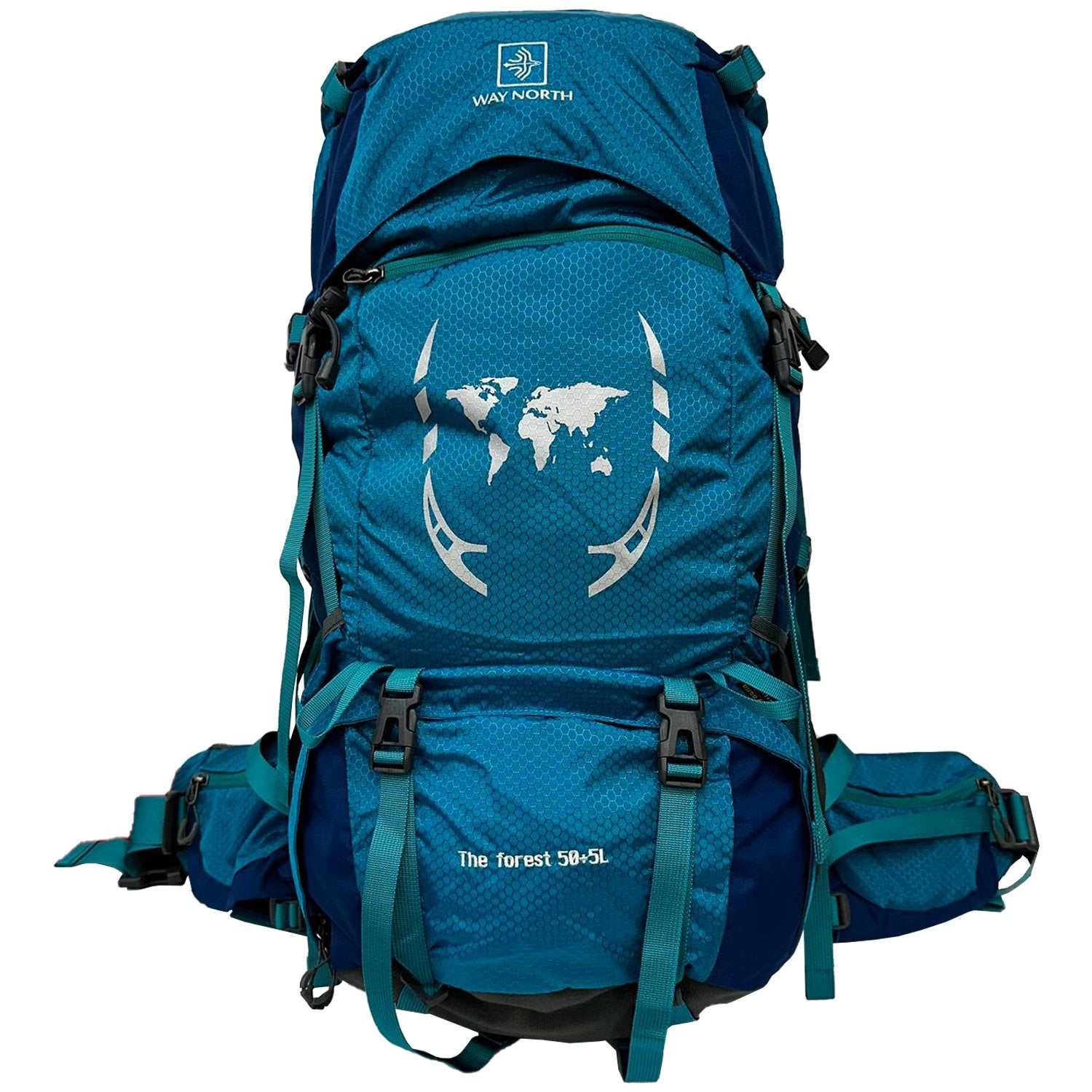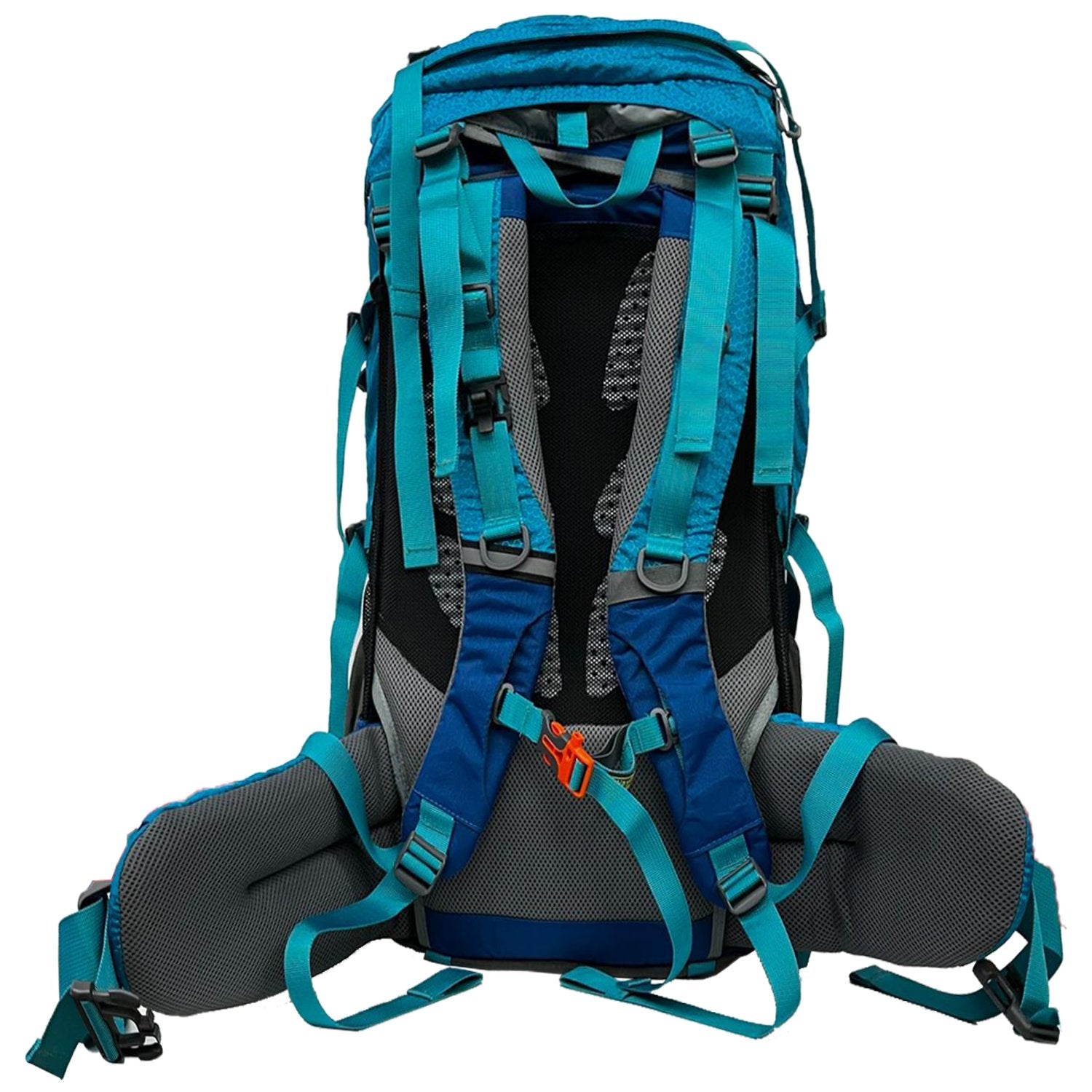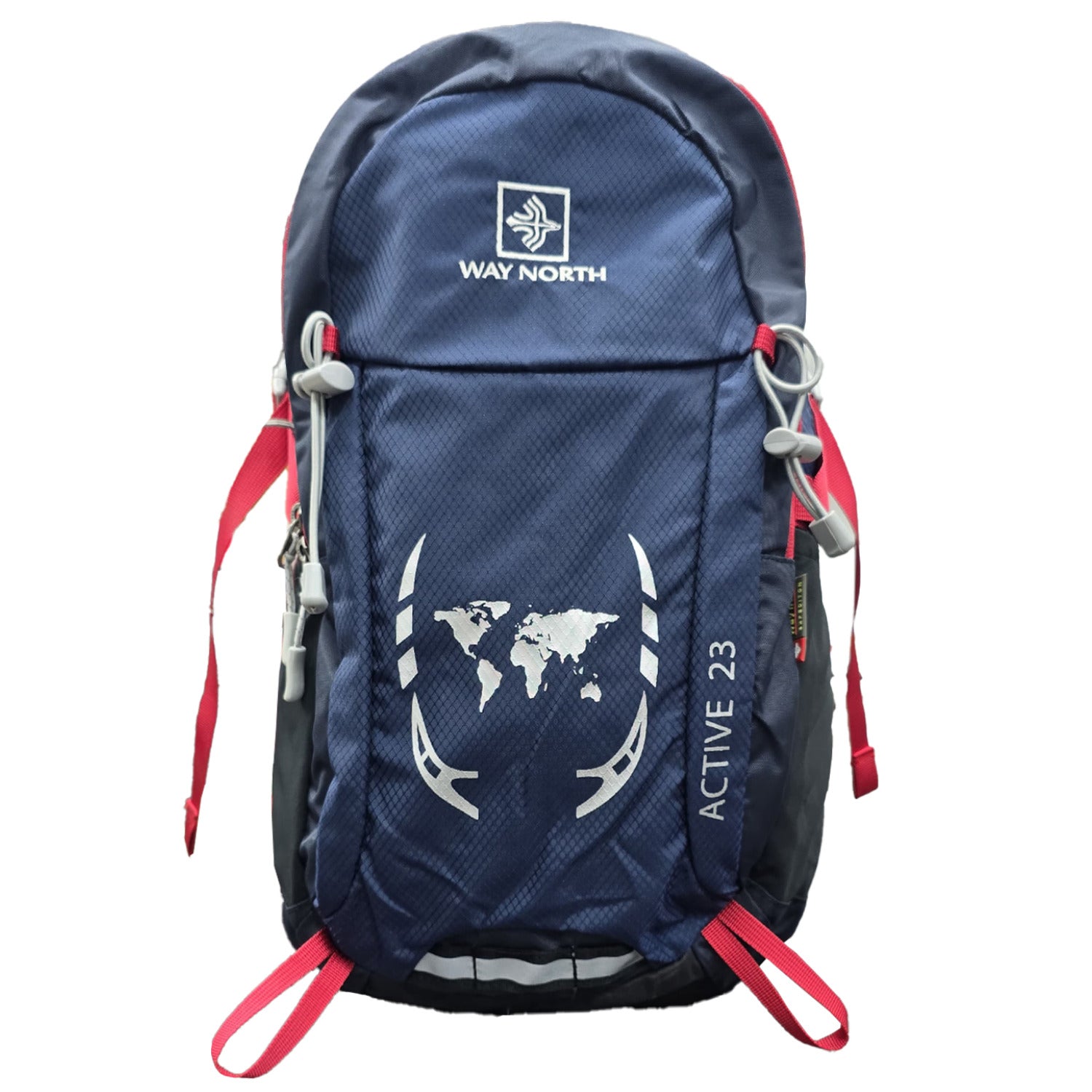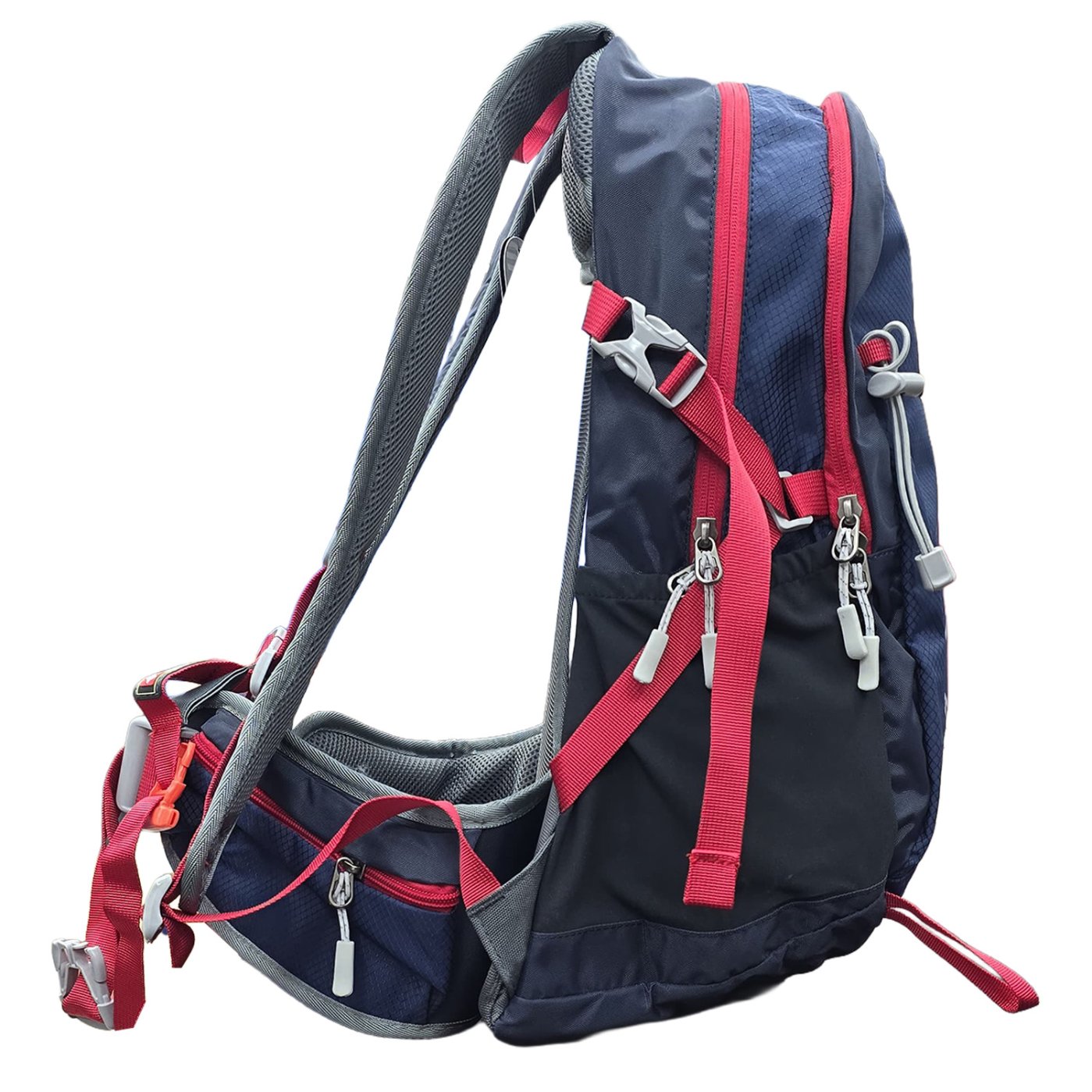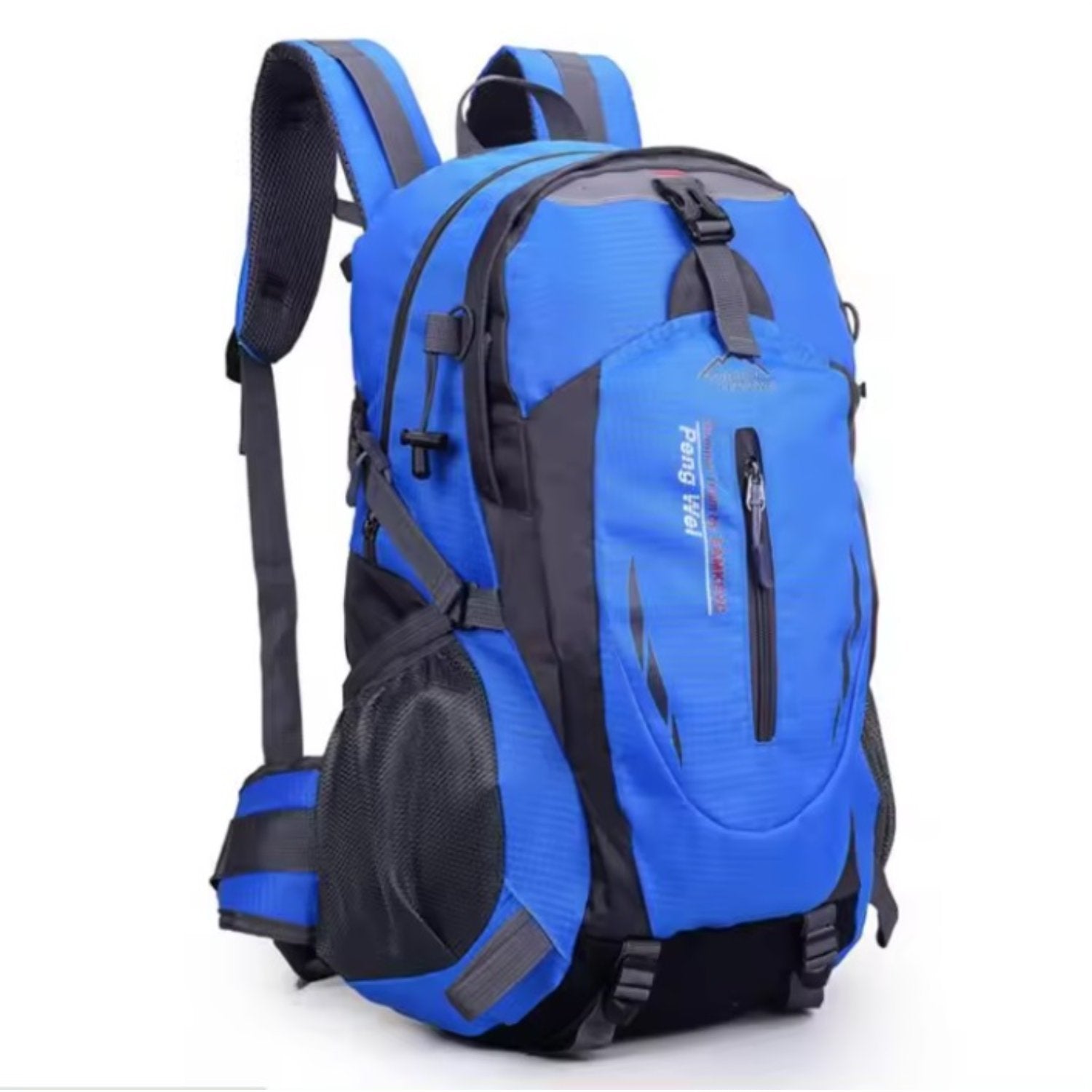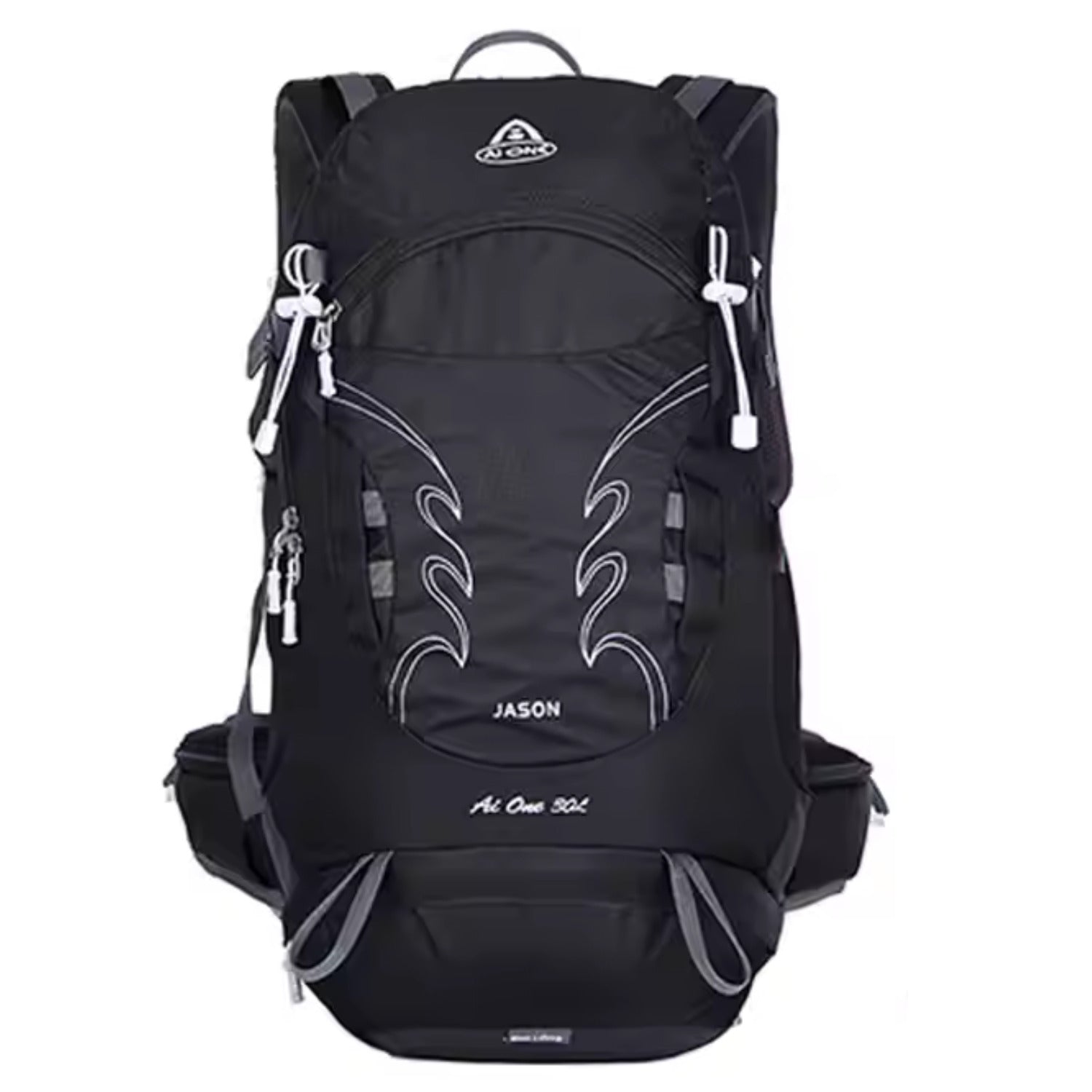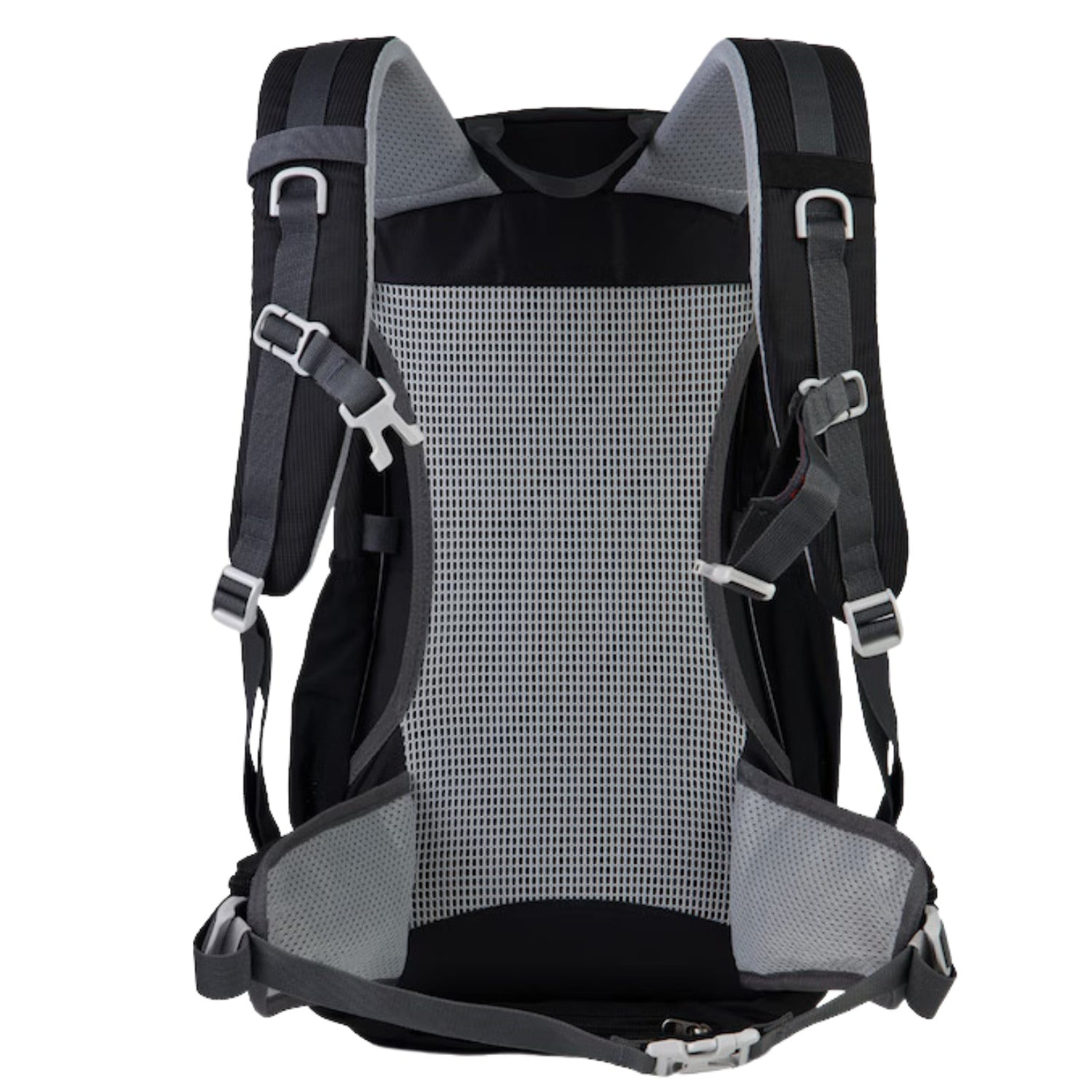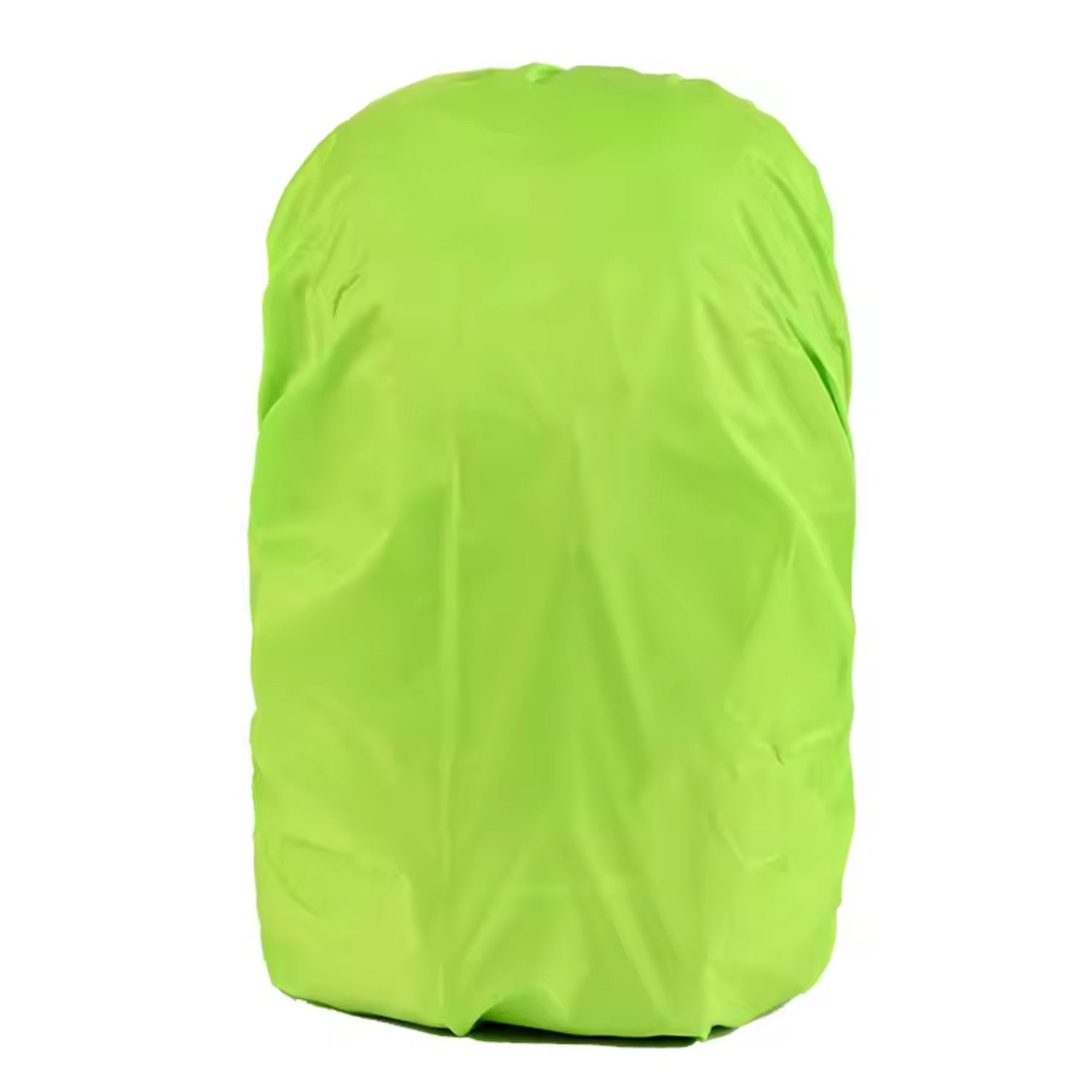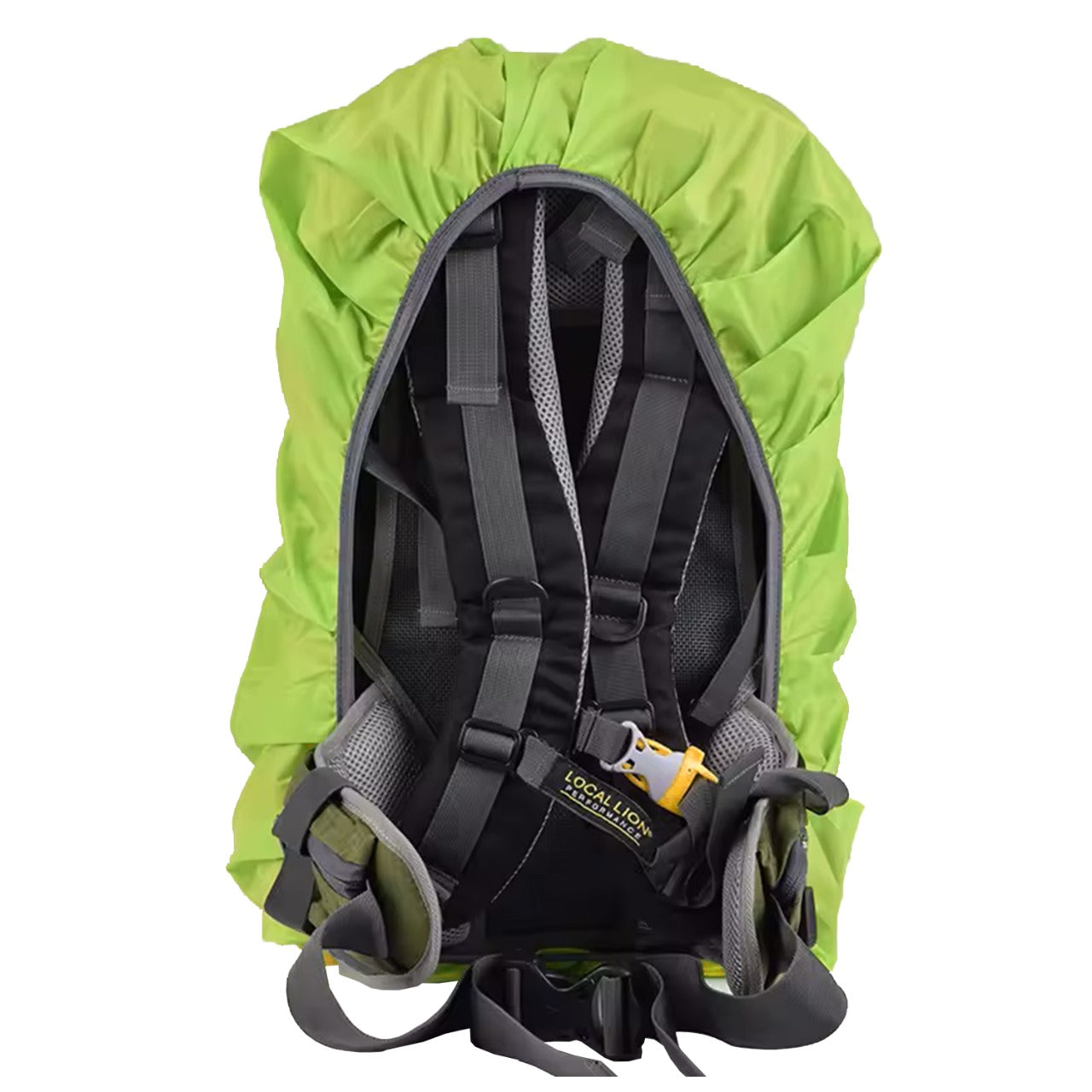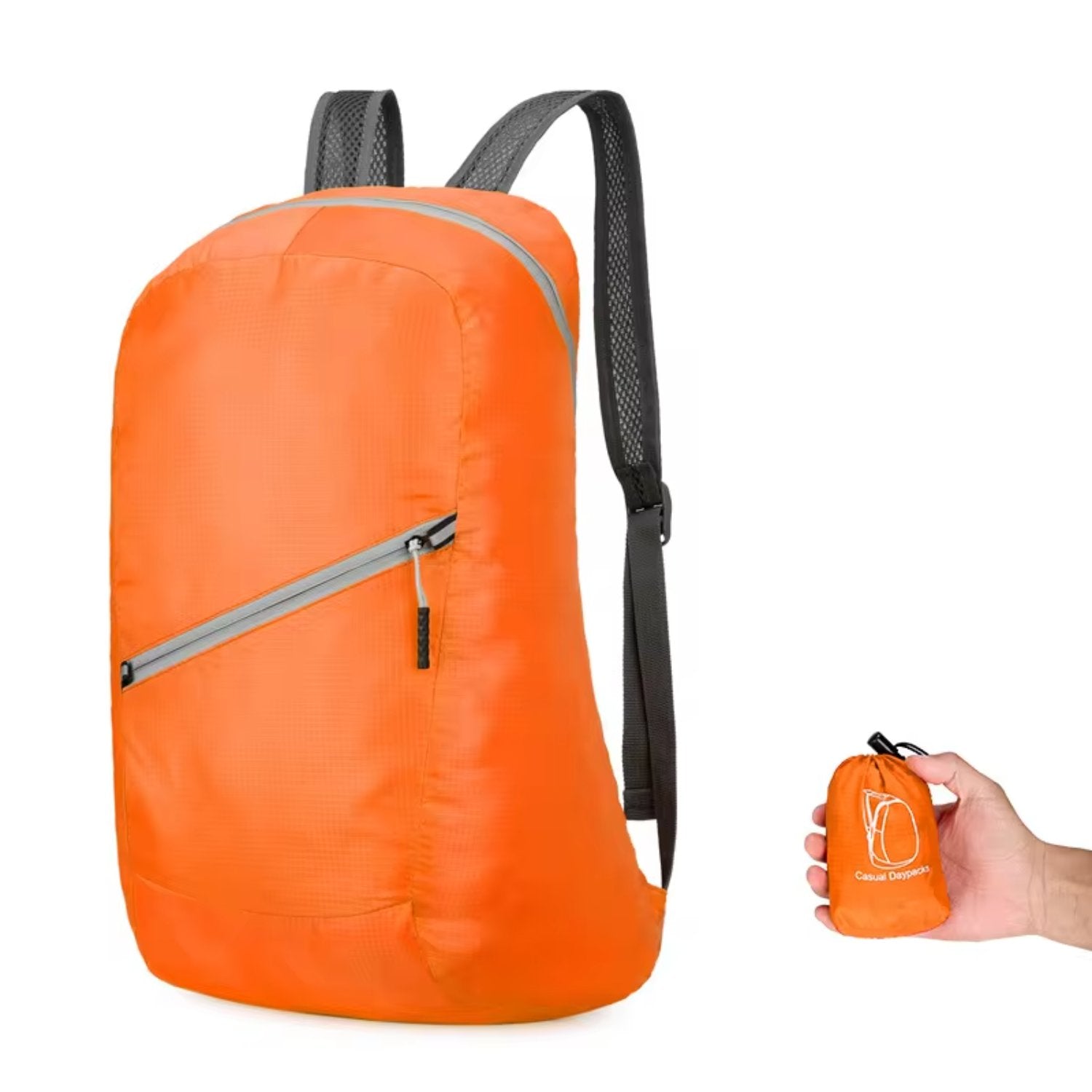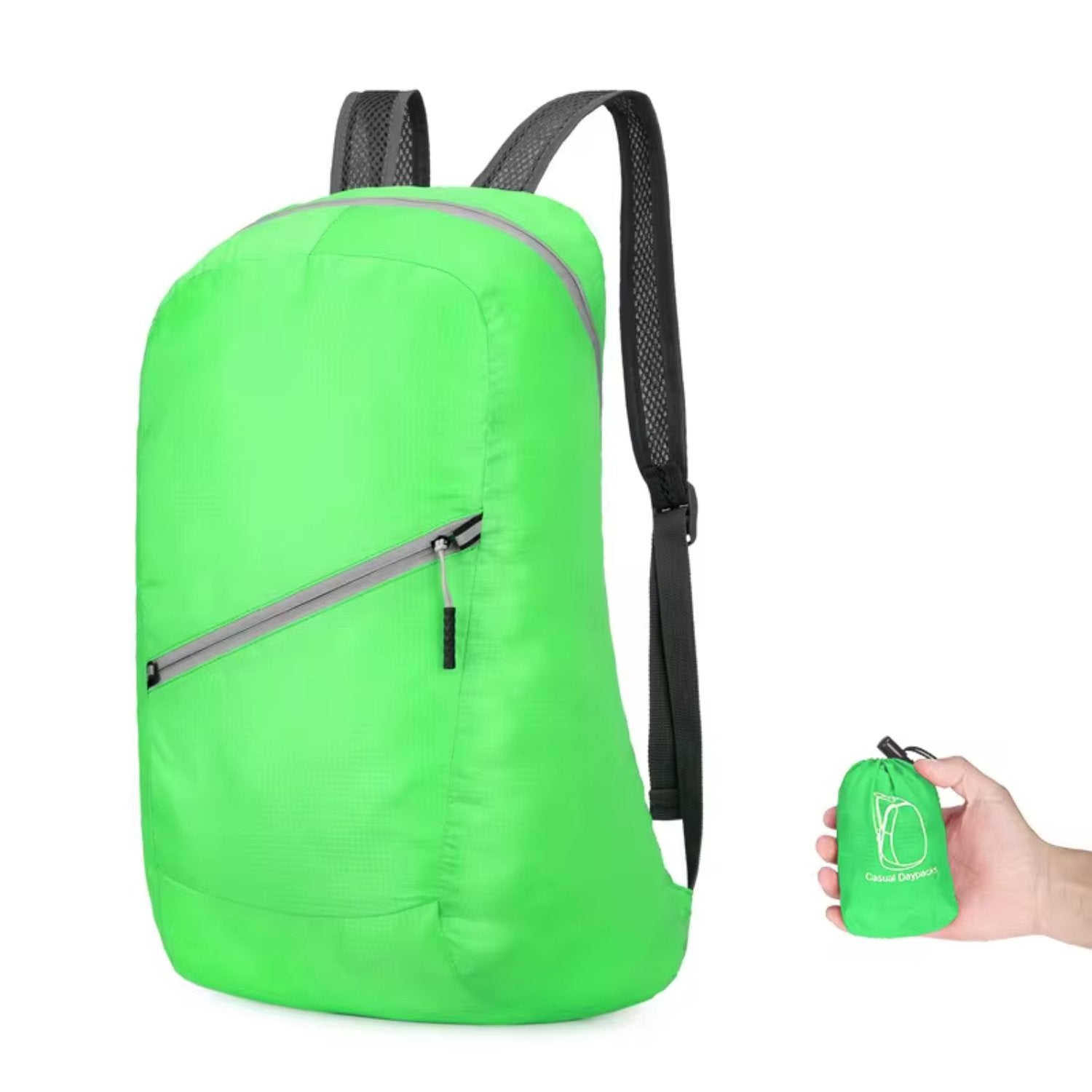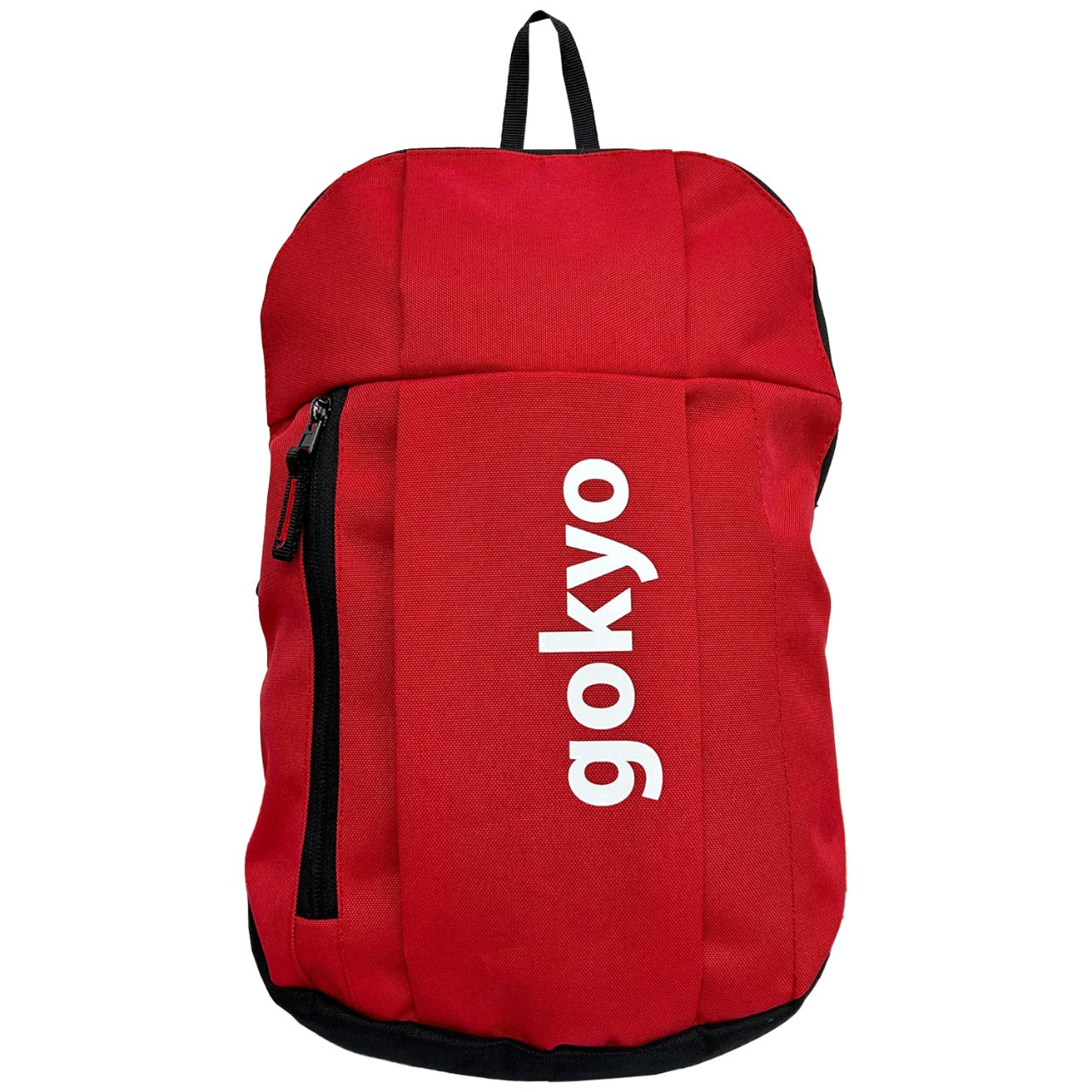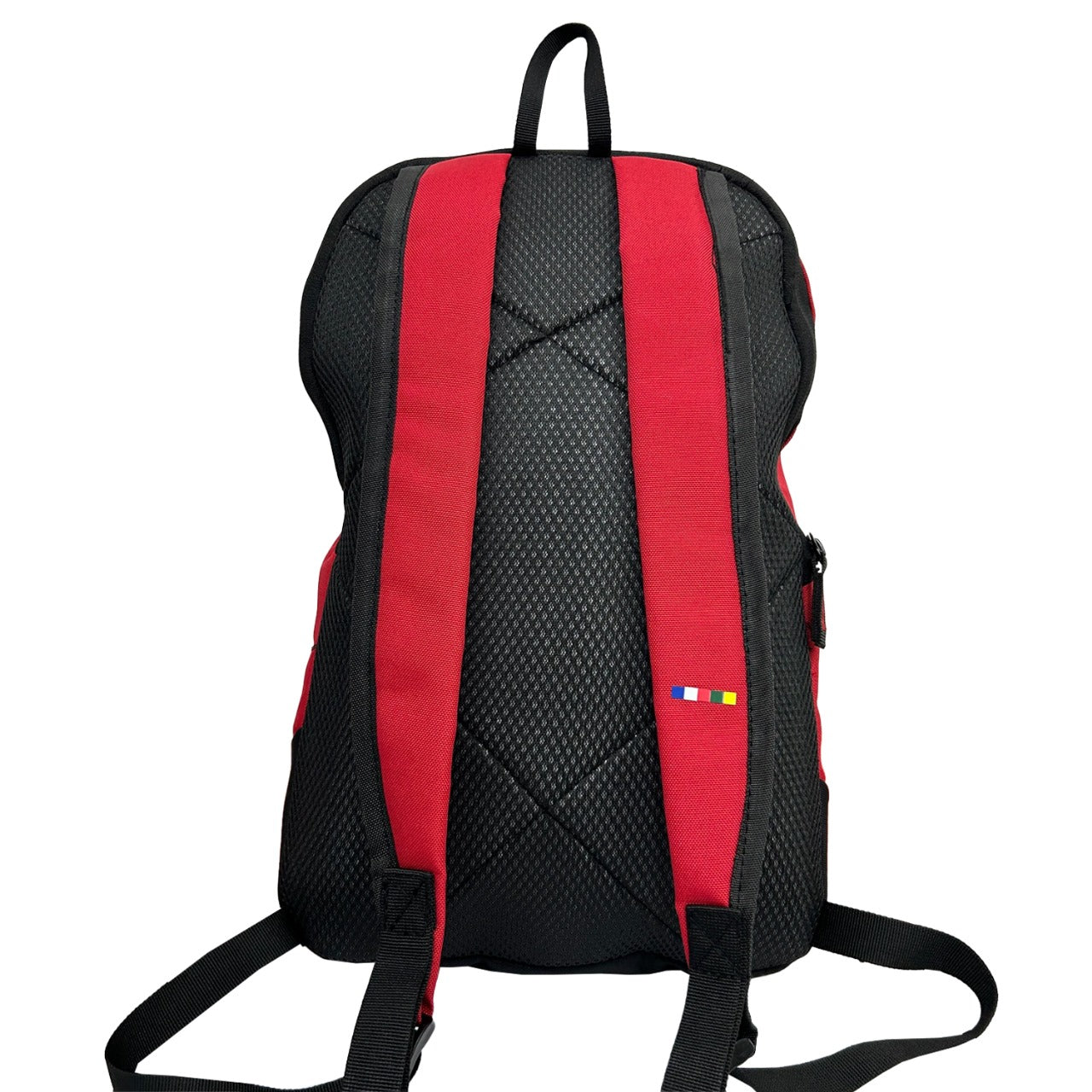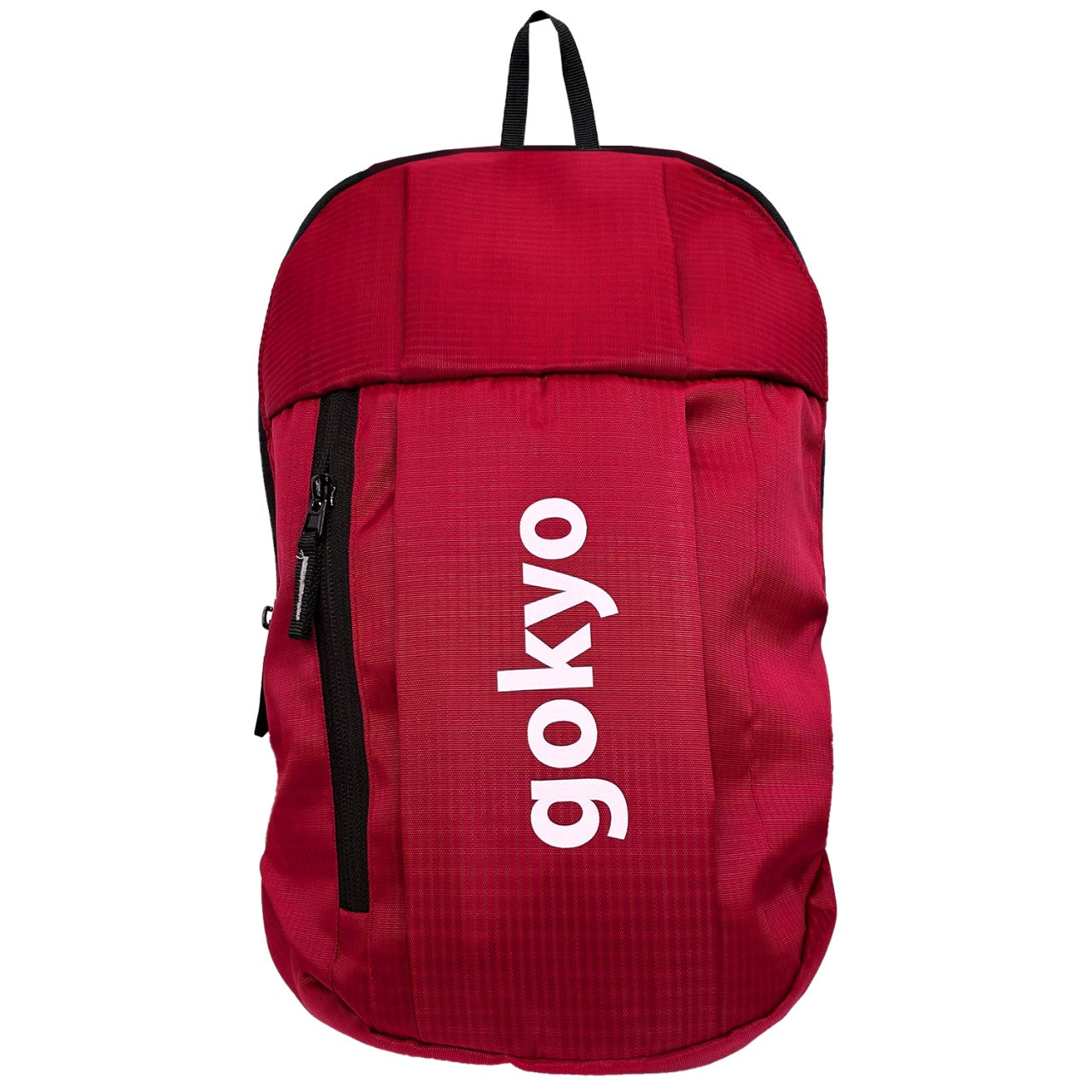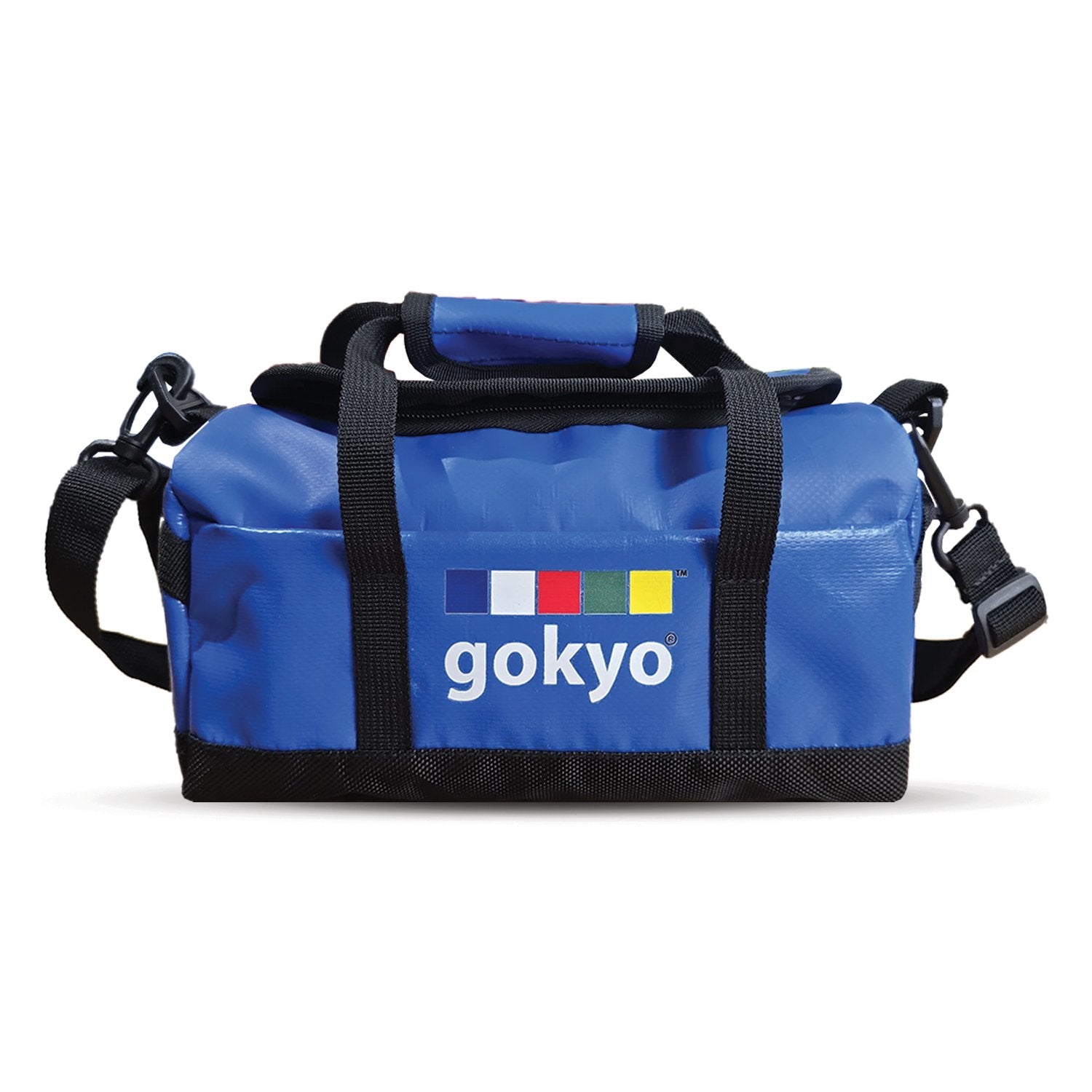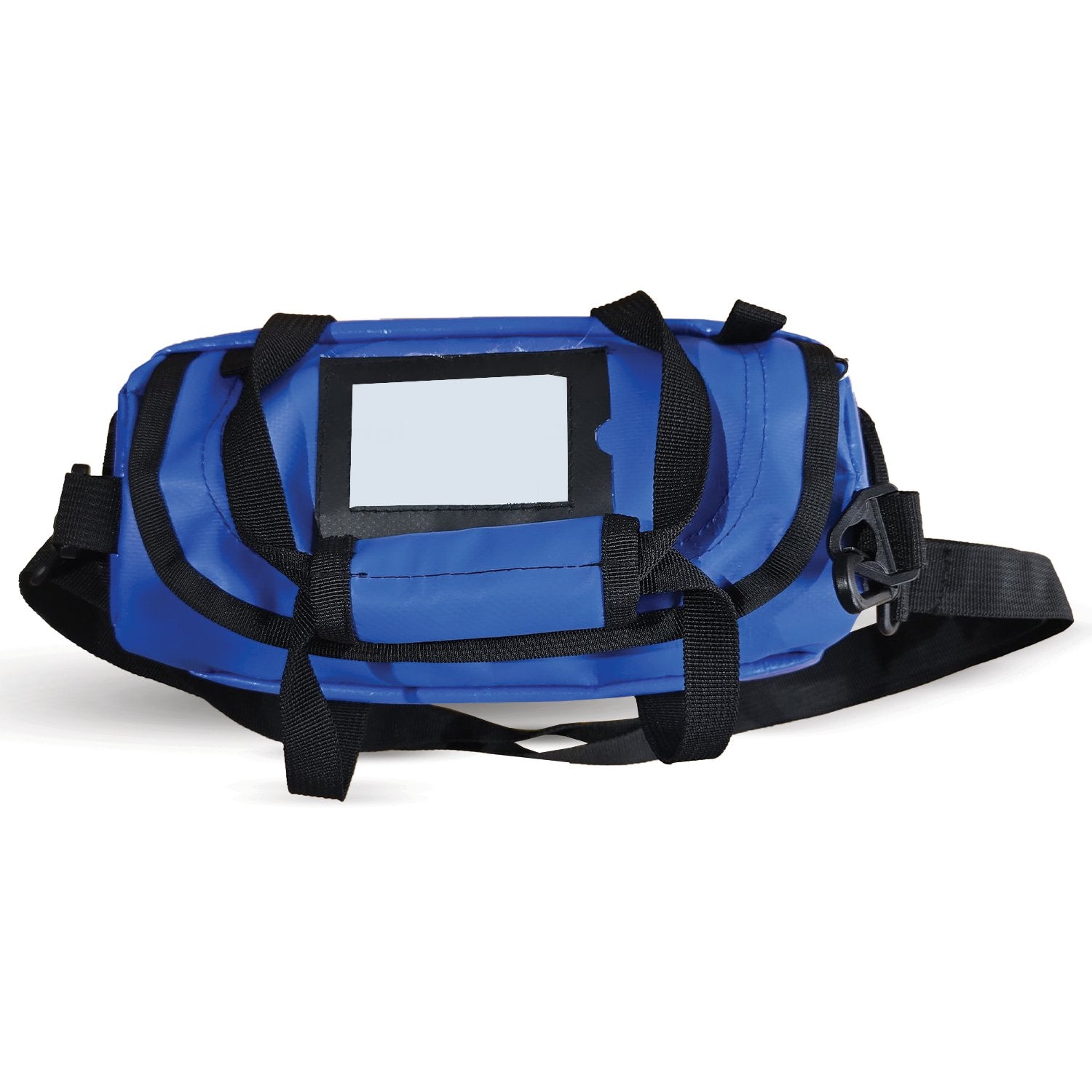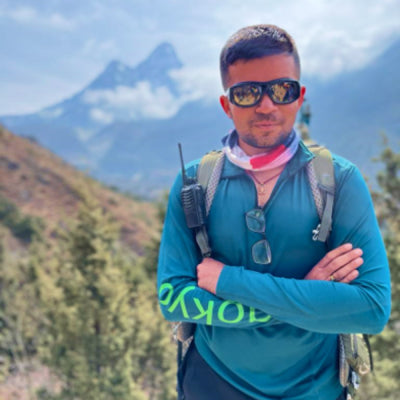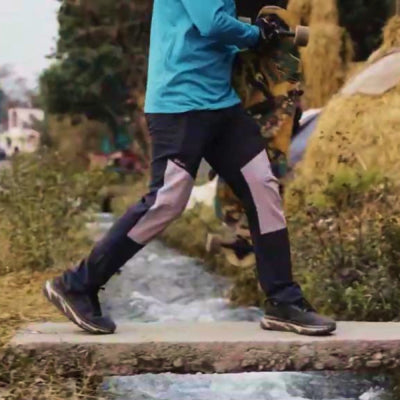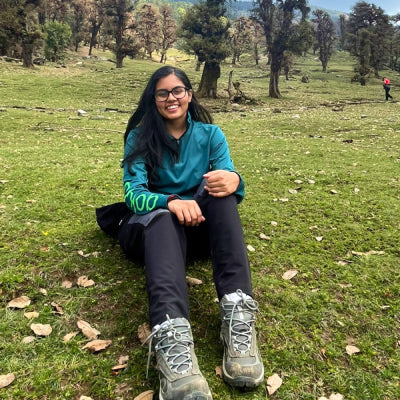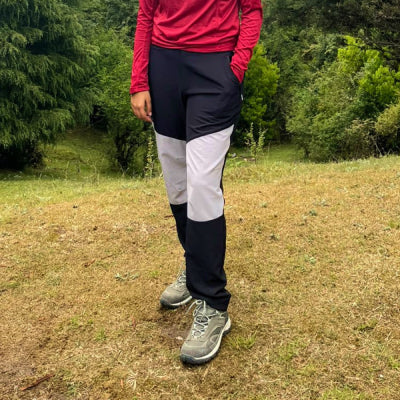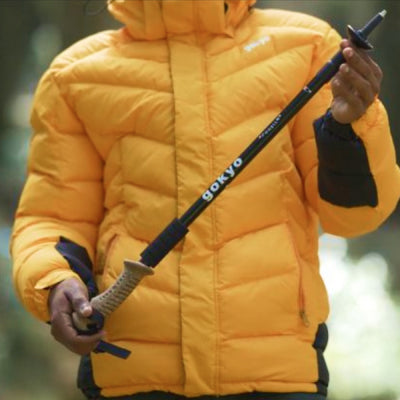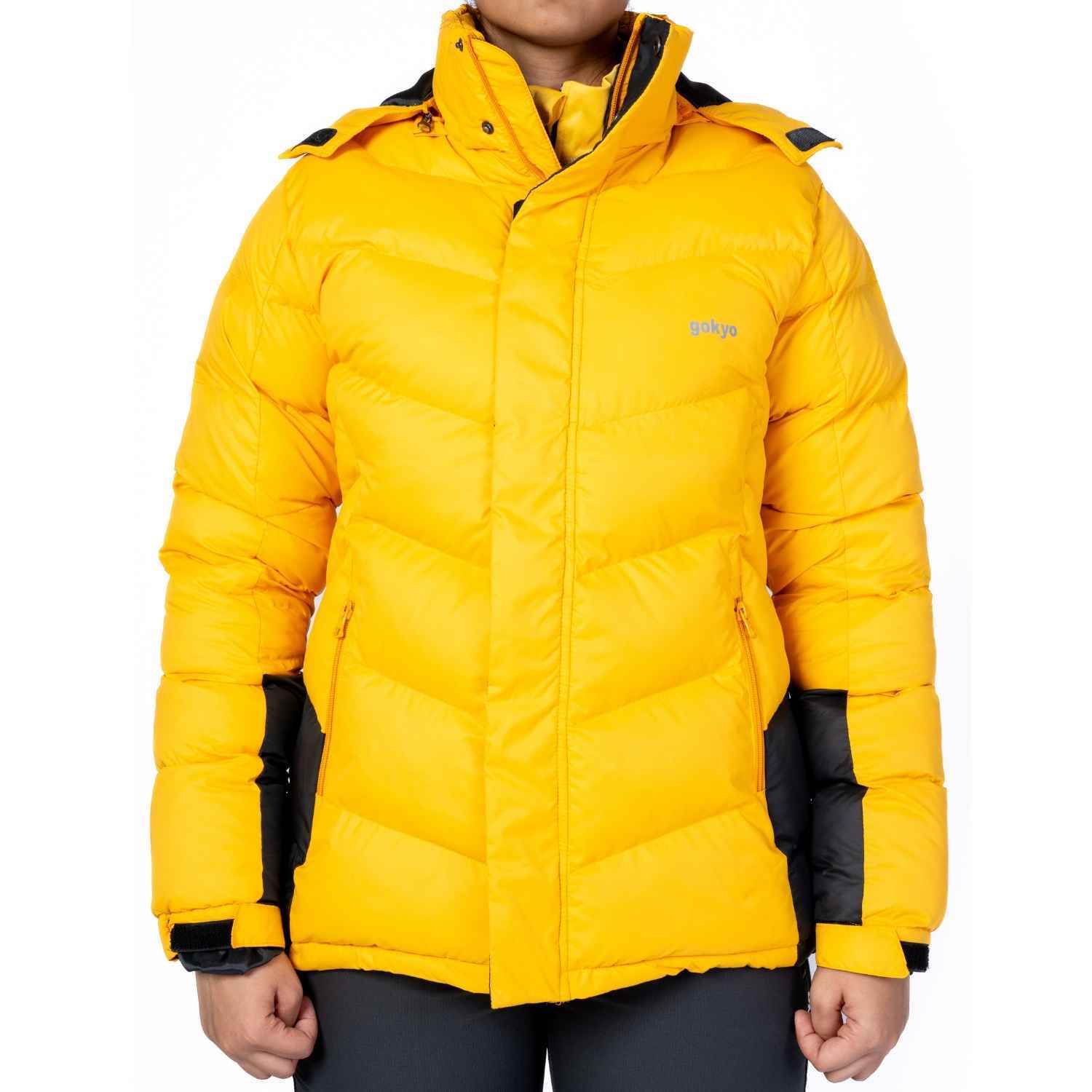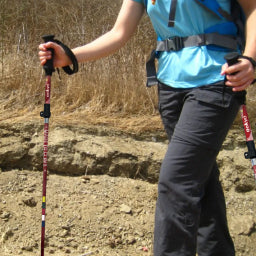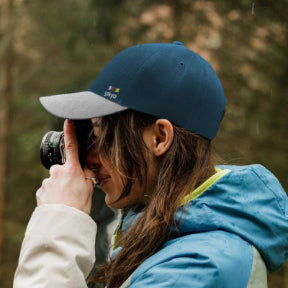Best Places for Hiking & Trekking in India
India unfolds its soul best in the mountains, mist-draped passes, hidden trails, and smiling summits await any adventurous spirit. From the icy Himalayas to tropical Western Ghats jungles, each trek paints a story you’ll replay long after the boots dry.
First, if you’re up for rain-drenched climbs, don’t miss this guide to 10 Best Monsoon Treks in Maharashtra for 2025—it sets the perfect monsoon mood.
1. Valley of Flowers, Uttarakhand

- Altitude: 3,500–3,800 m | Trail Length: ~90 km round-trip
- Location & Reach: The Starting point is Govindghat (360 km from Dehradun). The trek begins from Joshimath, following alpine ridges.
This trek is a tapestry of alpine meadows lit up by millions of colorful flowers. You'll feel like you’re stepping into a living painting as the crisp air mingles with floral fragrances. Conservation efforts protect this fragile habitat, making every view even more precious.
2. Roopkund Trek, Uttarakhand

- Altitude: 5,029 m at Roopkund Lake
- Location: Base camp starts from Lohajung (~220 km from Rishikesh).
Reaching bird’s-eye height, this trail takes you past serene forests, grazing yaks, and into the glaciers. The climax? A mysterious frozen lake dotted with human remains from centuries ago, it’s spooky, poetic, and unforgettable.
3. Hampta Pass, Himachal Pradesh

- Altitude & Trail Length: 4,270 m ~40 km
- Location: Begins from Manali, ends in Lahaul valley (40 km drive from Manali).
Hampta Pass offers dramatic contrasts: lush pine-covered valleys one moment, barren high-altitude wastelands the next. Stream crossings and glacial debris fields make it a thrilling, ever-changing trek.
4. Kalsubai Peak, Maharashtra

- Altitude: 1,646 m (highest in Maharashtra)
- Reach: Base village Bari (140 km from Mumbai); roadside access by bus or car.
This climb brings together adrenaline and devotion, ending at a small temple on the summit. As dawn breaks, the Sahyadri ridges illuminate beneath you. The trail is steep, but friendly for newer trekkers seeking a magical sunrise.
5. Harishchandragad, Maharashtra

- Altitude: 1,431 m
- Routes: Konkan-Taraknath (night trek) or Pachnai (easier); roads accessible by local bus.
Standing at 1,431 m, this trek is a deep dive into Maharashtra’s history. Explore rock-cut caves, overnight under forts, and stand atop the iconic Konkan Kada cliff. Misty pathways lend a mysterious vibe to your journey.
6. Tadiandamol, Karnataka

- Altitude: 1,748 m (Karnataka’s highest peak)
- Reach: Kodagu region, near Madikeri; private transport advised.
Karnataka’s tallest peak feels vast and windswept. You’ll trek through bamboo forests and grasslands that sweep below a dramatic cliff edge, where tribal stories come alive around night campfires.
7. Agumbe Rainforest, Karnataka

- Altitude: 823 m
- Reach: From Udupi or Mangalore, a scenic drive via narrow, misty roads.
The “Cherrapunji of the South” drips with cinematic rain and wildlife. Walk under mossy trees, spot rare amphibians, and taste the forest air while trekking by rain-fed streams and waterfalls.
8. Chembra Peak, Kerala

- Altitude: 2,100 m
- Reach: Base near Meppadi, 12 km from Kalpetta (Wayanad district).
This hike gifts you a heart-shaped lake en route, hidden in emerald forests. On clear days, panoramic views stretch across Wayanad’s valleys, a hiker’s delight that blends romance and rugged beauty.
9. Dzongri – Goechala Trek, Sikkim

- Altitude: Dzongri (4,020 m), Goechala (4,940 m) Trail Length: ~90 km
- Reach: Drive to Yuksom from Gangtok (130 km). The trek begins through alpine rhododendron forests.
This trail is a Himalayan epic. Expect rhododendron forests, yak herds, and a summit beyond which Kanchenjunga and its neighboring peaks dominate your horizon in a breathtaking spectacle.
10. Sandakphu, West Bengal

- Altitude: 3,636 m
- Trail Length: ~40 km
- Reach: From Darjeeling via Maneybhanjang, the trek offers a tea garden to summit contrast.
You'll trek through tea gardens, pine forests, and high-altitude pastures. The reward at dawn: a panoramic sunrise revealing Everest, Kanchenjunga, Lhotse, and Makalu lined up majestically.
Trekking Essentials: What You Need
Traveling light and smart is the mantra; don’t let overpacking weigh you down. Kick things off with reliable rainwear, a waterproof jacket or compact poncho can turn an unexpected downpour from disaster into a fresh, manageable dash. Balance protection with breathability so you stay dry inside and out.
Comfortable, sturdy footwear is key. Shoes for trek with solid tread and ankle support become your best companion on rocky, muddy trails. Swap stiff jeans for Alpine All Weather Trekking Pants; they’re flexible, quick-drying, and shift with every step, keeping you agile throughout the day.
Sun and rain protection shouldn't clash with comfort. A simple cap shields you from glare and drizzle alike. For your shirt layer, choose a cargo shirt for men, ideal for carrying a map, a snack, or sunscreen, while keeping air flowing.
Organize your pack so that essentials are easy to reach. A lightweight bag for hiking keeps gear snug. Slip valuables into a dry sack, while active pieces like toothbrushes stay neoprene-neat in toiletry bags.
Energy and hydration go hand-in-hand. Refillable water bottles will give you life; choose ones that don’t leak and fit your bag. And when the trail keeps rising, protein food supplements in bar or powder form become power boosts that save the day.
Trekking Shoes That Offer Grip, Comfort & Support
🗓️ Season, Safety & Sustain
|
Season |
Best Regions |
Notes |
|---|---|---|
|
February-May |
Himalayas (Valley, Roopkund) |
Clear skies, power of altitude. |
|
June-September |
Ghats: Kalsubai, Agumbe |
Post-monsoon freshness, avoid extreme rain |
|
October-December |
All regions safe |
Clear and cold — perfect for most treks |
|
January-March |
Southern treks (Chembra) |
Warmer, greenery, quiet trails |
Safety: Higher altitudes mean slower breathing—take it slow, stay hydrated, and acclimatize gradually. Trail GPS mapping helps, and local guides are your best friend, especially in the weather.
Eco Etiquette: Pack out all your trash. Stay on marked paths. Respect local water sources. Hiring local guides supports mountain communities.
Beyond the Trail
Trekking’s just half the story. After reaching campsites or lodges, take time to:
- Sample local flavors: fish curries in Kerala, thukpa in Sikkim, idlis or vada in Karnataka.
- Engage with village life — stay in homestays, eat with families, and learn their way of life and language.
- End days with communal campfires, star-sprinkled nights, and the satisfaction of walking far enough to earn your rest.
Frequently Asked Questions (FAQs) :
1. How long should I train before a high-altitude trek?
Begin regular hillwalking 2–3 months prior; include stair climbs with a loaded pack to build core and cardio strength.
2. Is altitude sickness common?
It varies per person. Ascend slowly, stay hydrated, and watch for symptoms—stop or descend if headaches or nausea begin.
3. Can beginners tackle Sandakphu or Goechala?
Yes, with proper acclimation and pacing. Stick to 300–500 m gain per day post-3,000 m threshold.
4. Are there bear and tsi wet trekking seasons?
Summer-winter windows are generally clear; post-monsoon is lush, but watch for slippery paths.
5. Do protein supplements help?
They offer a quick, lightweight boost. Great after long climbing days when meals are unpredictable.
6. Can phone navigation suffice, or do I need apps/devices?
Use offline GPS apps. In remote zones like Dzongri, carry a portable tracker or a local guide—you’ll get spoiled on selfie signals.
7. Rain jackets vs ponchos — which is better?
Jackets are snug with zips and pockets; ponchos cover more gear. Choice depends on regional rain patterns and personal preference.
8. Is cash needed on the trails?
Yes—local purchases and permits often only accept cash, especially in remote areas like Pelling or Sikkim trailheads.
9. Are women-friendly treks safe for solo travellers?
Yes—but consider timing (avoid night hiking), stay with groups, inform hosts, and trust your instincts.
10. Can I trek barefoot post-monsoon?
We discourage it—rivers and terrain need proper foot protection. Even wet-season granite can slice without sturdy soles.
Packable Rain Ponchos for Unexpected Showers
💡 Final Take
From flower-carpeted meadows to roaring Sahyadri cliffs, India’s trekking landscape thrills and humbles. These ten routes unwrap the tapestry of nature’s topography. With mindful training, smart gear, and local respect, your next hike could be more than a summit—it can be a self-discovery.
So lace up, shed the city noise, and walk until the land speaks.

